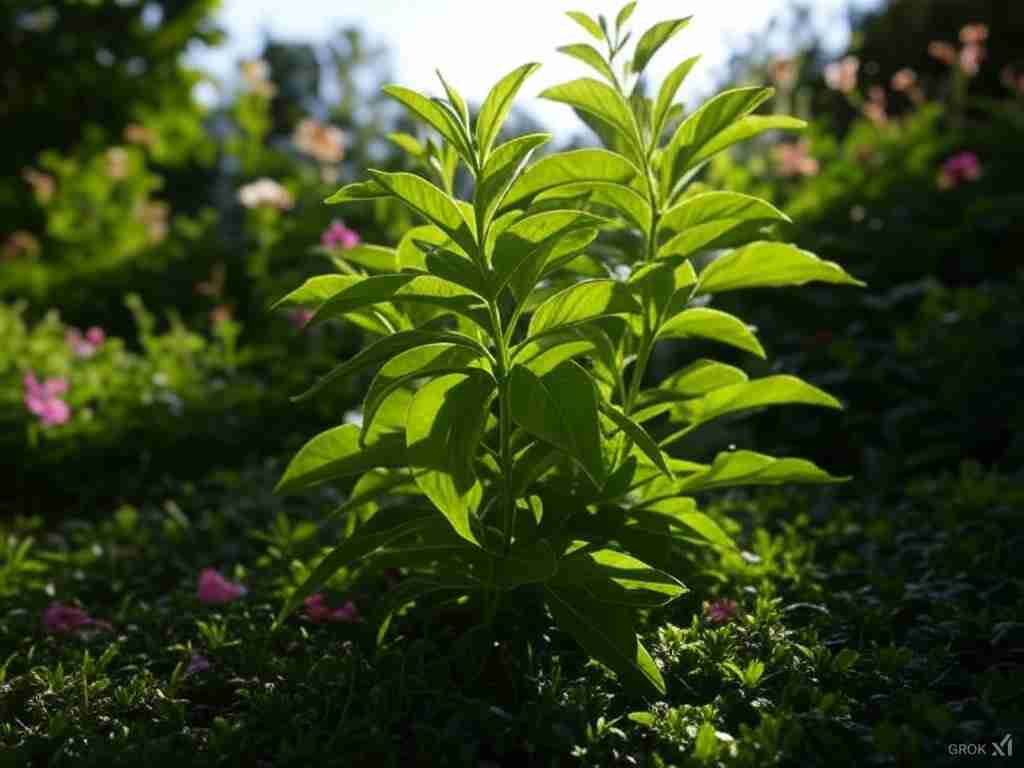Plants are amazing living things. Every day, they make their own food! But what do they need to do this? The answer lies in a process called photosynthesis. In this article, we will dive deep into what plants need to make their food and how each of these things plays a crucial role. We will look at sunlight, carbon dioxide (CO₂), water, nutrients, and chlorophyll—the five things that help plants create the energy they need to grow and survive. Let’s explore these elements in more detail!
What Are the 5 Things Plants Need to Make Food?
Plants need sunlight, carbon dioxide (CO₂), water, nutrients (like nitrogen, phosphorus, and potassium), and chlorophyll to make food through photosynthesis. Sunlight powers the process, carbon dioxide is used in making glucose, water provides the hydrogen needed, and nutrients support healthy plant growth. Chlorophyll, the green pigment, absorbs light energy, allowing plants to convert these elements into food. Without these five ingredients, plants cannot produce glucose and will struggle to grow and survive.
How Does Photosynthesis Work in Plants?
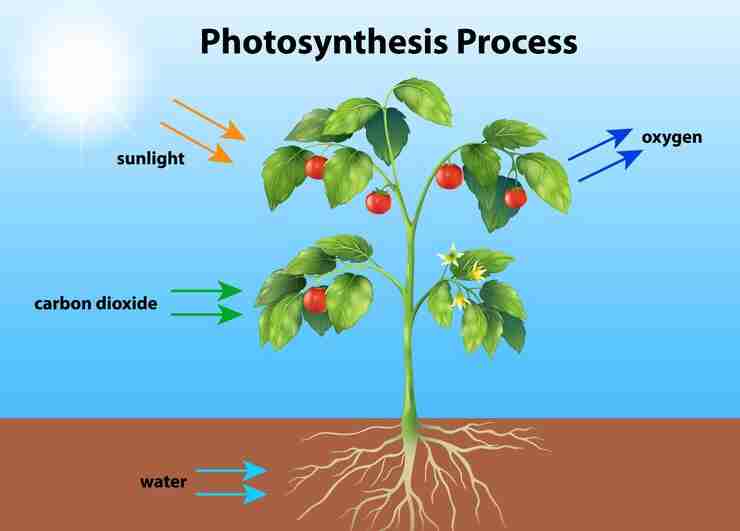
Before we get into the five things plants need, it’s important to understand the process of photosynthesis. Photosynthesis is how plants make their food. They use sunlight, water, carbon dioxide (CO₂), and nutrients from the soil to make a type of sugar called glucose, which is their food. This process happens mostly in the leaves of the plant. Plants use chlorophyll, a green substance inside their cells, to capture sunlight and turn it into energy. This raises the question, do all living things have to eat in the same way, or do they have other methods of obtaining energy?
1. Sunlight: The Power Source for Plant Growth
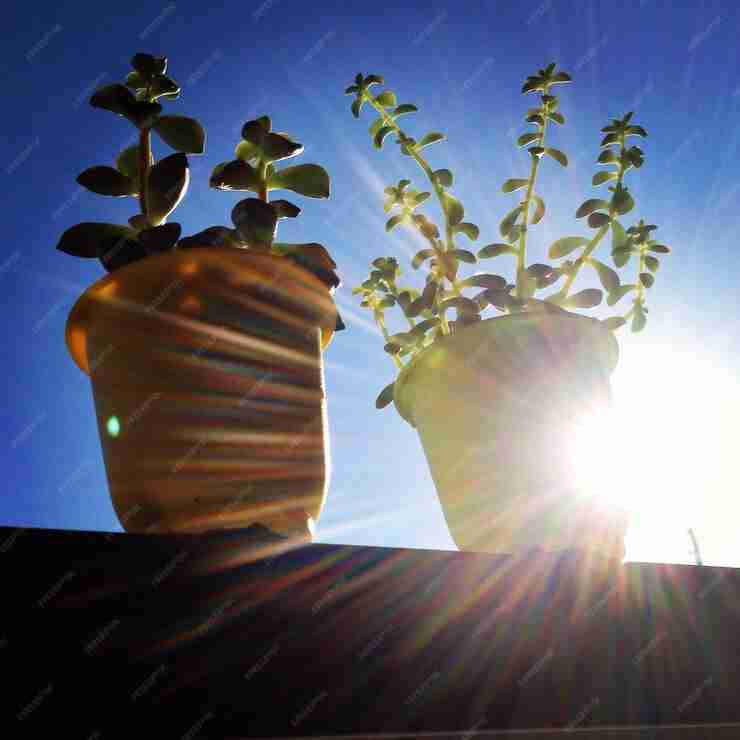
Plants need sunlight, just like we need food to survive. Sunlight gives plants the energy they need to make food. Through photosynthesis, chlorophyll in the leaves of plants captures sunlight. This light energy is then used to mix water and carbon dioxide (CO₂) to make glucose. Glucose is the sugar that plants use as food, giving them the energy to grow, produce flowers, and make seeds.
Without sunlight, plants cannot produce food, and without food, they cannot grow. Different plants need different amounts of sunlight. Some plants thrive in direct sunlight, while others grow best in shaded areas. So, it’s important to know how much sunlight your plant needs to stay healthy.
2. Carbon Dioxide: The Gas Plants Need to Make Food
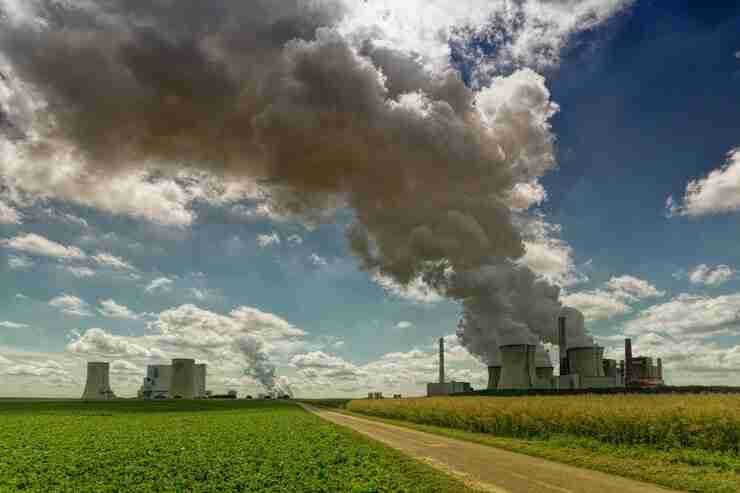
Plants also need carbon dioxide (CO₂), a gas in the air. While humans breathe in oxygen and exhale carbon dioxide, plants do the opposite—they take in carbon dioxide through tiny holes in their leaves called stomata. Once inside the plant, carbon dioxide mixes with water from the soil to create glucose.
In the air around us, carbon dioxide makes up only a small part, but it is still essential for plants. When there is more carbon dioxide, plants can make food faster. This is one reason why plants in greenhouses—where carbon dioxide is added—grow so well.
3. Water: The Liquid That Helps Plants Grow
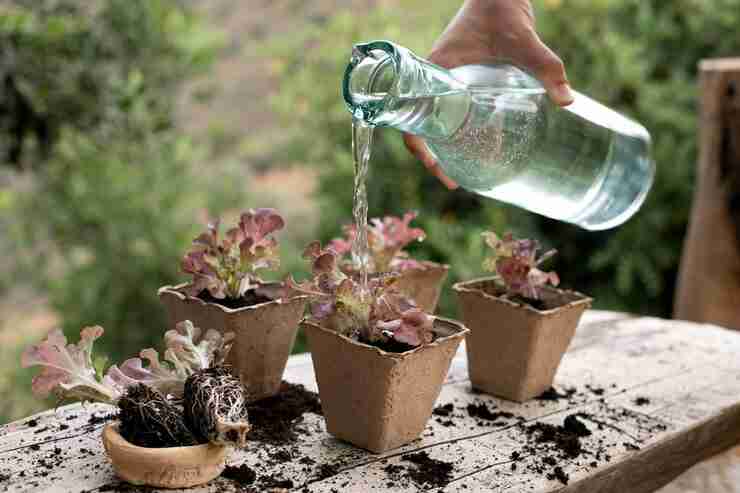
You may have heard the saying, “Plants need water to grow.” Well, it’s true! Water is one of the most important things plants need to make food. Plants drink water through their roots, which are like tiny straws buried in the soil. The water travels up through the plant to the leaves, where it is used in photosynthesis.
In photosynthesis, water is split into oxygen and hydrogen. The oxygen is released into the air, and the hydrogen combines with carbon dioxide to form glucose. So, not only does water help plants make food, but it also helps plants stay cool, transport nutrients, and maintain a healthy structure.
If plants don’t get enough water, they can’t perform photosynthesis properly, and they might stop growing or start wilting. Too much water can drown the plant, so it’s important to find the right balance.
4. Nutrients: Minerals that Help Plants Make Food
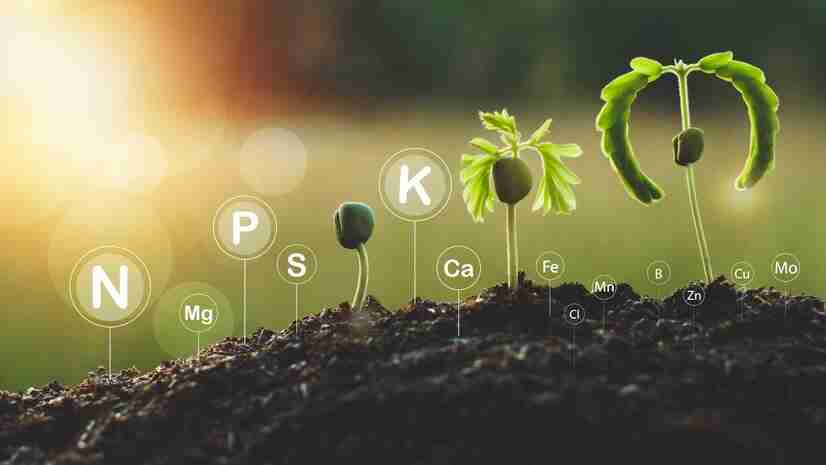
In addition to sunlight, carbon dioxide, and water, plants need nutrients from the soil to help them grow. These nutrients are mostly minerals that plants absorb through their roots. The main nutrients plants need are nitrogen (N), phosphorus (P), and potassium (K). These are called macronutrients because plants need them in large amounts. Plants also need smaller amounts of other nutrients, such as iron (Fe) and magnesium (Mg), known as micronutrients.
Nitrogen helps plants grow big and strong. It’s essential for chlorophyll production and helps plants create proteins. Phosphorus helps with root development, flowering, and seed production. Potassium keeps the plant healthy by supporting cell functions, water balance, and disease resistance.
Without these nutrients, plants cannot grow well and will struggle to make food. Poor soil that lacks essential nutrients can lead to plants having weak stems, yellow leaves, or slow growth. That’s why gardeners often use fertilizers to add extra nutrients to the soil.
5. Chlorophyll: The Green Powerhouse in Plants
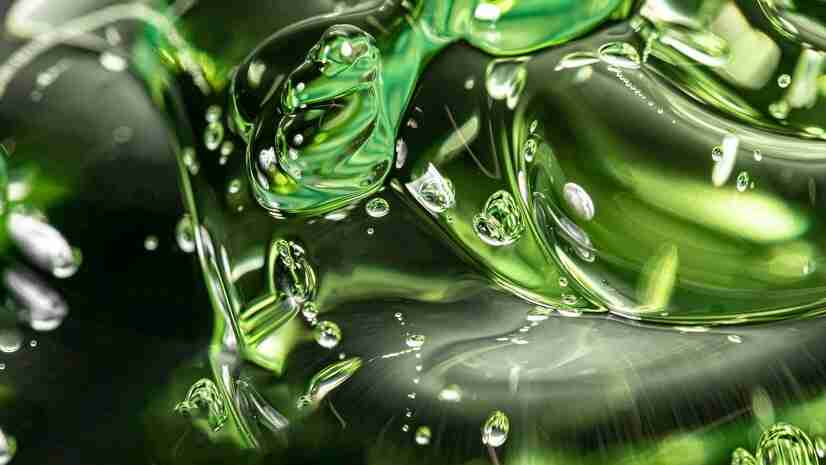
One of the most important parts of photosynthesis is chlorophyll, the green pigment found in the leaves of plants. Chlorophyll absorbs sunlight, especially from the blue and red parts of the light spectrum, and helps convert this energy into food for the plant. Without chlorophyll, the plant cannot absorb light efficiently, and photosynthesis would not happen properly.
Chlorophyll also makes plants green! When a plant is healthy, it has lots of chlorophyll, which allows it to perform photosynthesis well. If a plant lacks chlorophyll (because of nutrient deficiencies or poor sunlight), it may turn yellow, and its growth can slow down.
How Do These 5 Things Work Together?
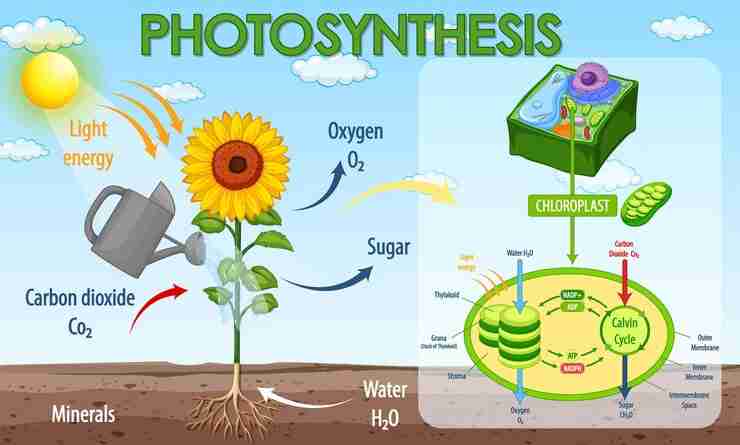
Now that we know what the five essential things for plant food are—sunlight, carbon dioxide (CO₂), water, nutrients, and chlorophyll—let’s see how they all work together.
When the plant gets sunlight, chlorophyll absorbs the light energy. This energy is used to turn carbon dioxide and water into glucose, which is the plant’s food. At the same time, the plant releases oxygen into the air. The plant also uses the nutrients in the soil to support this entire process. Without any one of these five things, photosynthesis would stop, and the plant would not be able to make food or grow.
What Happens When Plants Don’t Get These 5 Essentials?

If a plant is missing any of the five things it needs, it won’t be able to make food properly. Let’s look at what can happen when plants don’t get enough of each of these elements:
- No Sunlight: Without enough light, the plant cannot make enough energy, so it will become weak and may stop growing. The leaves may also turn yellow or brown.
- No Carbon Dioxide: Without carbon dioxide, the plant won’t be able to produce glucose. It will grow slowly, and its leaves may look pale.
- No Water: Without water, the plant won’t be able to transport nutrients properly, and it might wilt or dry out.
- No Nutrients: Without essential minerals, plants can’t grow properly, and their leaves may turn yellow or brown. Their growth may become stunted.
- No Chlorophyll: Without chlorophyll, the plant cannot absorb sunlight and produce energy, leading to weak growth and yellowing of leaves.
How Can You Make Sure Your Plants Get What They Need?

To help your plants thrive, you need to provide them with everything they need. Here are a few simple tips:
- Make sure your plant gets the right amount of sunlight—some plants need full sun, while others need shade.
- Water your plants regularly but don’t overdo it. Make sure the soil is not too dry or too soggy.
- Ensure your plant has good soil with plenty of nutrients. Fertilize when needed.
- Keep an eye on the plant’s leaves—if they turn yellow or brown, it could be a sign the plant is missing something.
Conclusion
In conclusion, plants need five key things to make their food: sunlight, carbon dioxide (CO₂), water, nutrients, and chlorophyll. These elements work together to help plants produce glucose through the process of photosynthesis. Understanding what plants need and making sure they get the right amounts of each ingredient will help them grow healthy and strong.
By taking care of your plants and providing them with these essentials, you’ll be able to enjoy lush, green plants and even grow your own food. Happy planting!
